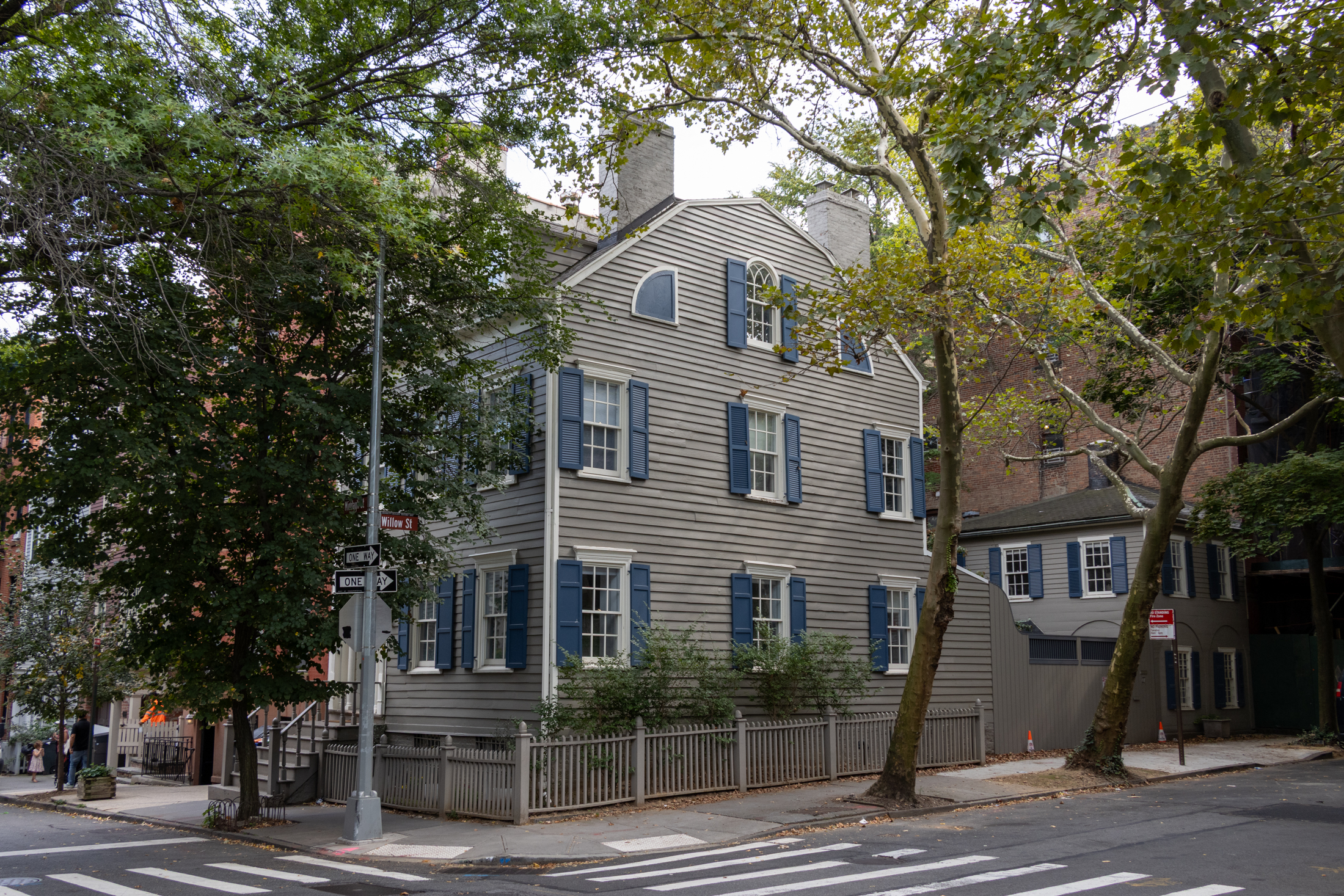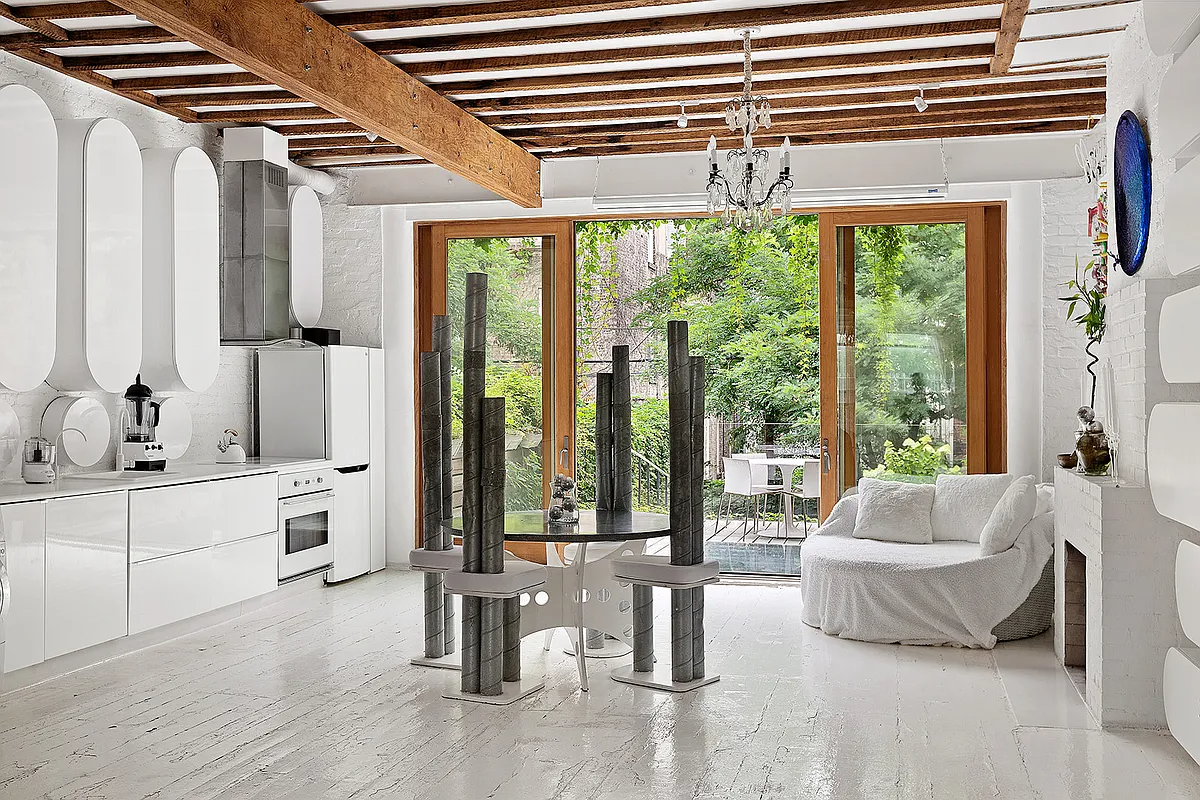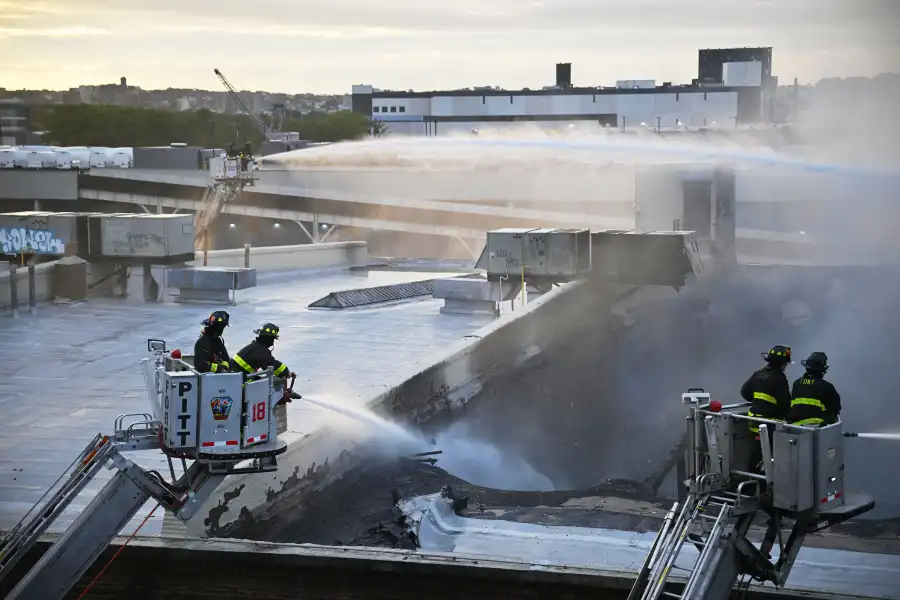Meet the First Completed Passive House in NYC
WNYC has an in-depth profile of what went into making 174 Grand Street in Williamsburg the first completed building in the city constructed to energy-efficient Passive House standards. The apartment building has a seven-inch layer of foam insulation that designers from the firm Loadingdock5 determined was necessary by using “special software that starts with climate…


WNYC has an in-depth profile of what went into making 174 Grand Street in Williamsburg the first completed building in the city constructed to energy-efficient Passive House standards. The apartment building has a seven-inch layer of foam insulation that designers from the firm Loadingdock5 determined was necessary by using “special software that starts with climate data from New York City—the temperature highs and lows and humidity levels—[that let] them adjust the insulation and size of the heating unit until they hit the magic mark.” Heating costs for the upper duplex in the building are expected to only run a few hundred dollars for the entire winter due to the airtight technology. The article also quotes architect Ken Levinson as saying rgar Brooklyn has the highest number of Passive House buildings under construction in the entire U.S.; last month we took a look at a Brooklyn Heights brownstone that’s in the process of being renovated to Passive House standards.
A Trend-Setting Building With a Small Carbon Footprint [WNYC]
174 Grand [Loadingdock5]
Images from Loadingdock5.





“It has little practical value; it is an expensive fashion statement. ”
so is renovating historical brownstones.
So you hate it becuase you think it’s perceived as cool or trendy. Great argument.
Too bad Vanessa’s on jury duty today
tyburg, this isn’t a new thing. The Germans and Scandihoovians have been building chalets like this in the remote mountains for years. I react negatively to dumb things. And building an expensive extreme-climate house in Brownstone Brooklyn is dumb. This appeals to germ-phobes and to people who think that it will protect them from radioactive fallout. It also appeals to folks who want to do something trendy. It has little practical value; it is an expensive fashion statement.
As to the question of ‘poo mist’ and indoor air quality:
The bathrooms have constant exhaust ventilation. The house has constant fresh air through the HRV ventilator.
Rather than pulling air in through leaky windows and walls (with critters and rot), you’re pulling in air from a known location (and exchanging your heat at the same time).
These houses are more comfortable and healthier than standard homes.
Minard – the technology involved here is not super expensive. You’re essentially talking about insulation and good windows/doors. Not to mention you get an upfront cost reduction with the significant reduction in HVAC/furnace/boiler cost.
In New York (with our party line walls), the cost is reduced even more (that much less insulation).
As to actual payback time, this would be done on a case by case basis, but the worst case scenario (for a stand alone home in a cold climate like Minnesota) would still put you in under the length of your mortgage.
This worst case scenario does not reflect the inevitable future spike in energy costs.
blatantninja – I don’t think air quality is lost in these discussions (& you can always count on Rob’s inane poo mist comments). It’s first on the faq’s here
http://www.passivehouse.us/passiveHouse/FAQ.html
Minard – they’re saying 5-10% increase in construction costs. I don’t think it will take 80 years to pay back.
Minard…. Do you ever react positively to new things? (And by new, of course I mean proven technology with a 20+ year track record)
Rob, this concept originated in Germany. Germans just hold it.
blat, the air is heavily filtered and is better quality than the outside air. Having said that, it still freaks me out…
dibs, I’m at $1500 for 3000 sft, new mod-con boiler. So, a few hundred for the winter for the upper duplex? Not impressed.